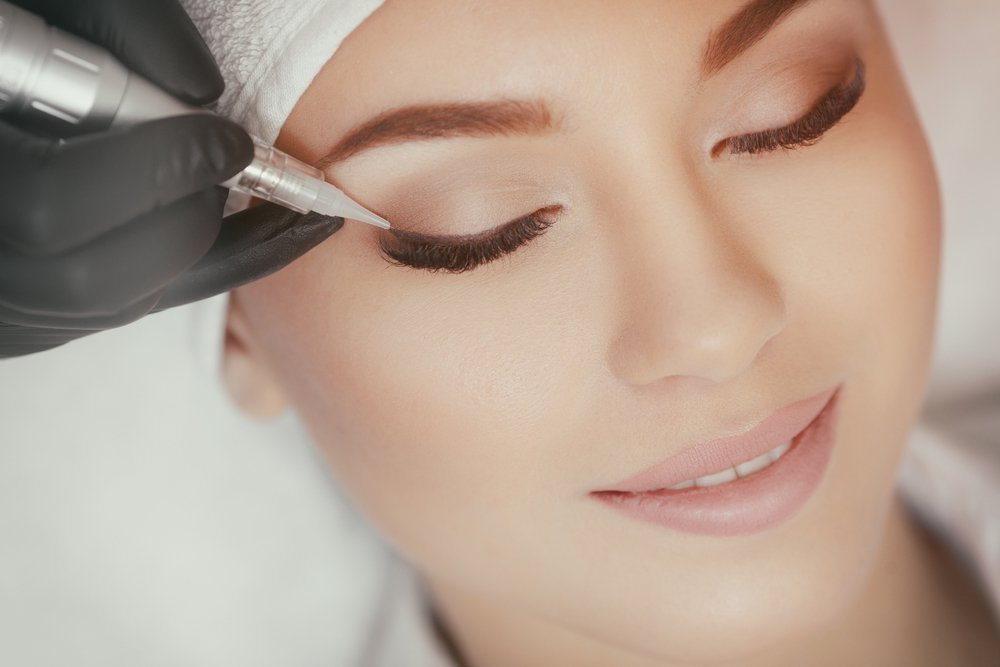Permanent make-up, so how to save time and look good
 Undoubtedly, thanks to it, you will save time in the morning. It will help you look perfect no matter of part of a day. It lasts really long and is ‘tailored’ to you. What’s this? It’s permanent make-up. Find out how the procedure looks like and what are effects.
Undoubtedly, thanks to it, you will save time in the morning. It will help you look perfect no matter of part of a day. It lasts really long and is ‘tailored’ to you. What’s this? It’s permanent make-up. Find out how the procedure looks like and what are effects.
What is permanent make-up?
Permanent make-up is a kind of tattoo. There is a special pigment is inserted into skin and stays there for more or less two years. Once this period of time passes, the procedure can be carried out again in order to intensify the pigment. Permanent make-up is applied to eyebrows, lips and eyelids thanks to two methods: mikroblading and shading.
Who is recommended to get permanent make-up done?
This procedure is recommended to those, who:
- want to look good no matter the occasion and be always ready for unexpected situation, especially when the looks matters,
- don’t want to apply make-up daily, or visit a beautician on a regular basis,
- don’ t want to pack a heavy make-up bag into baggage,
- are physically active,
- want to enhance their natural beauty in a subtle way,
- are overworked and don’t have time to apply make-up or touch-ups,
- have scars and discolorations,
- have thin eyebrows,
- aren’t satisfied with colour of their lips, eyebrows or eye contour,
- have asymmetric eyebrows or lips,
- with age have lost natural lip pigment or have bald spots in eyebrows.
Contraindication to having permanent make-up done are: allergies, skin ailments, epilepsy, bacterial infections, viral infections, fungal infections, fresh wounds, pregnancy, breastfeeding, inflammations, sunburns, subfebrile state.
How does the procedure look like?
During the first visit, these are skin type and facial features which are discussed. Also, pigment is selected together with the skin area that is supposed to be exposed to the procedure. Moreover, all contraindication are defined and talked over. Right before the procedure, the skin area is coated with a special anaesthetic ointment – Emla. Owning to a disposable needle the pigment is injected into the skin. At the end, skin is disinfected and a patient is given cosmetics to take care of the skin area at home. The second visit depends on correcting the shape of the tattoo, fixing it and enhancing the pigment.

Say Goodbye to Clumps: 5 Mascaras That Truly Deliver Stunning Lashes
Tired of mascaras that promise volume but end up ruining your makeup by mid-day? You’re...
Revive and Illuminate Your Eyes: Discover the Comfort of Nanolash Collagen Eye Patches
In the fast-paced rhythm of everyday life, the eyes rarely get a moment of rest. Late nights,...